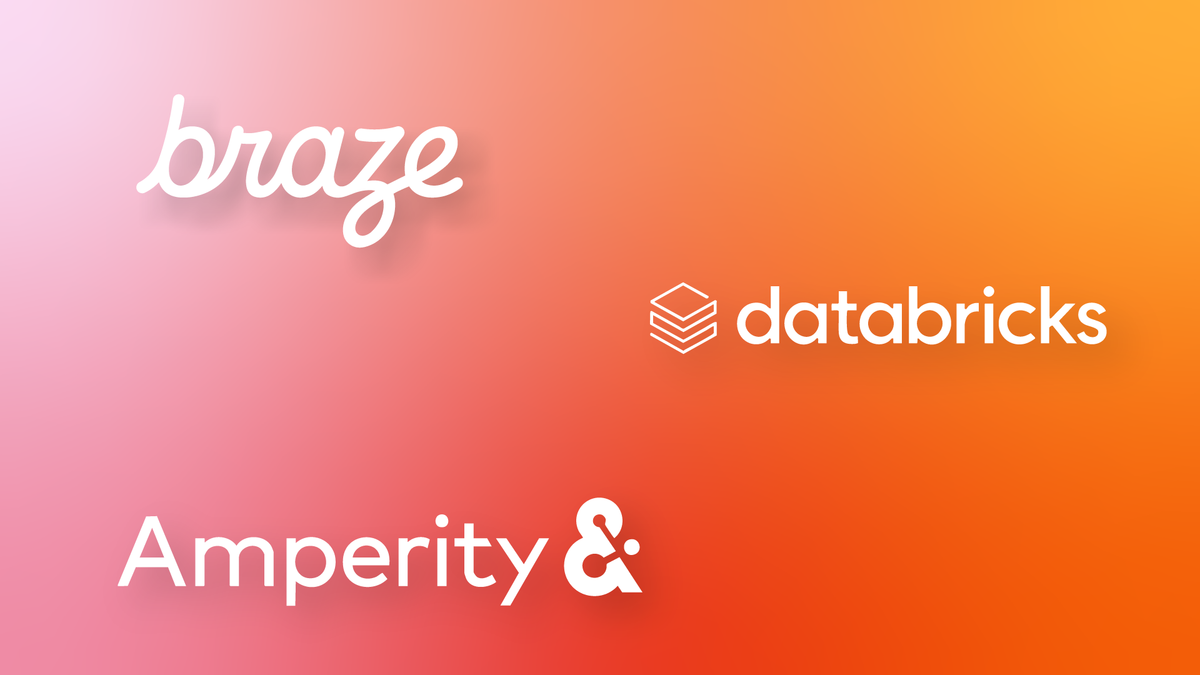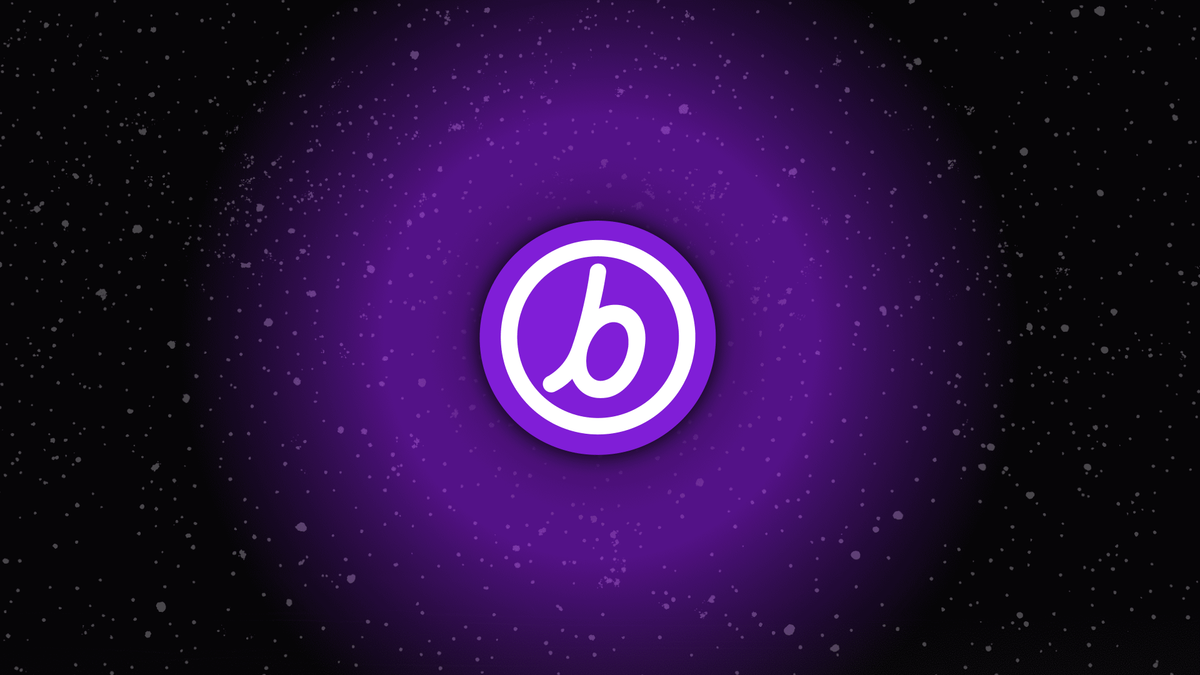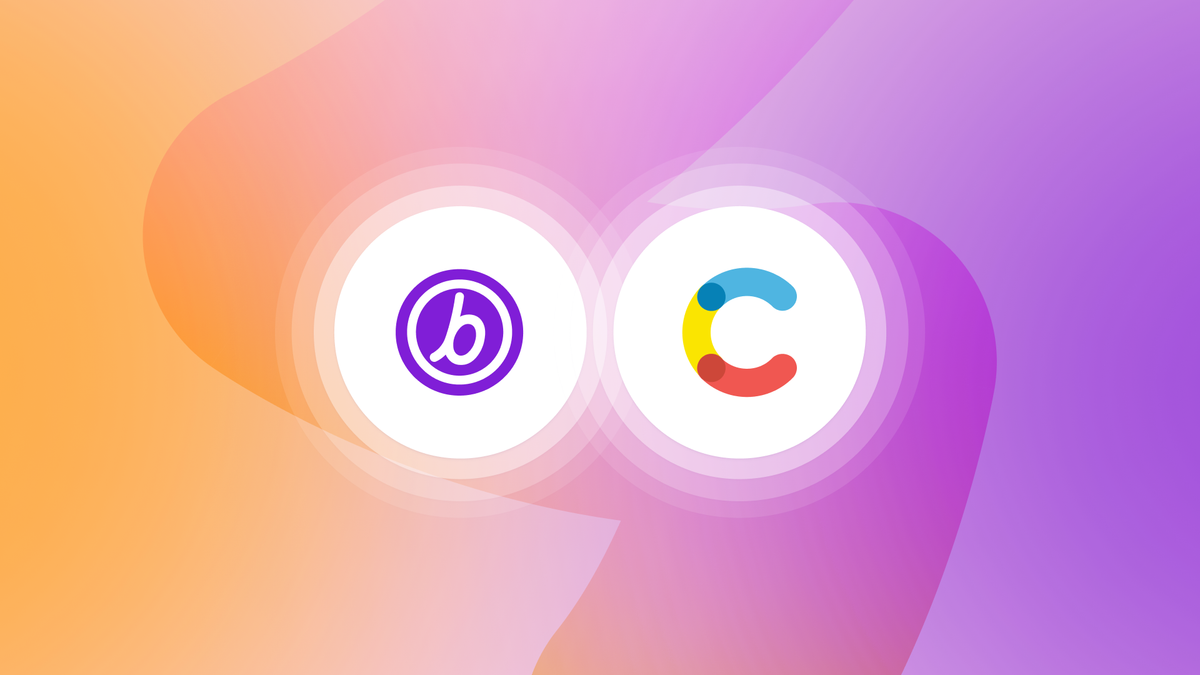4 Ways to Use Cross-Channel Personalization in Online and Offline Marketing for Effective ROI
Published on June 22, 2020/Last edited on June 22, 2020/6 min read


Michael McCarthy
CEO and Founder, InkitCustomers can tell you a lot about their preferences when you have tools to hear them. Every move they make—the manner of checking your dynamic email messages, browsing behavior, and other specific interactions—reflects what they like or hate.
To cater to the uniqueness of every customer, you need to launch an advanced cross-channel personalization strategy. This approach has shown to be highly effective both for marketing and profitability. Around 80% of consumers are more likely to place an order if you provide them with a personalized experience. 76% of customers value personalized discounts related to their purchase history. 69% of online shoppers state that the relevance of a company’s message influences its brand image.
Luckily, marketing automation software makes cross-channel personalization effortless and exciting. With the right combination of tools, you can easily unite online and offline marketing efforts into a single customer journey with effective ROI.
4 Ways to Use Personalization for Different Channels: What Can You Do at Every Touchpoint?
Whereas the general concept of cross-channel personalization is mostly clear, the practical ways to use it may be confusing. How can one personalize an email campaign or dynamic emails? What are the means of social media personalization? Since 73% of customers move across several marketing channels while shopping, it’s important to understand the personalization capabilities of every channel.
Check out the four most common ways to provide personalized experiences across the main marketing channels that will increase your revenue:
1. Dynamic emails
To personalize emails, use services that allow sending an email with dynamic content and AMP for Email. Such dynamic emails can include real-time information about users, interactive elements, confirmation or purchase buttons, etc. Dynamic email marketing is also based on data-driven segmentation. This means that you can configure a category of users that will receive a specific type of email under the selected conditions. With the help of machine learning and AI, the tool will select the perfect timing to send an email, build and analyze predictive models to estimate churn or open rates, and more.
2. Web and mobile content
While dynamic emails are already gaining popularity, many websites and apps still neglect personalized content. In fact, with the right digital marketing software, you can tailor everything users see on your website and supply them only with relevant content. To customize web and mobile browsing experience, you can display pop-up notifications, content cards, or in-browser messages.
3. Digital and social media advertising
In the case of online advertising, implementing a cross-channel personalization strategy is simple. You need to do two things: First, make sure your social media and search ads are properly targeted. Secondly, rely on the browsing history of the targeted customer and all lawfully collected customer data. This way you both tailor the content of the displayed ads and connect them with other channels.
4. Offline channels
Most offline interactions are personalized in their essence. In-store experience, phone calls, trade shows include face-to-face communication when a business representative speaks directly to a customer. Yet if you want to additionally boost cross-channel personalization while cutting the costs, consider automating your direct mail campaigns. Trigger-based messages deliver only to specific people and contain personalized content. For example, you can automatically deliver a discount offer by mail if customers ignore your emails. More about mail marketing in cross-channel personalization and Braze direct mail below.
Why Are Offline Channels, Including Direct Mail, Essential for Cross-Channel Personalization?
Around 40% of marketers state that offline marketing campaigns are still important in their business. The thing is that offline interactions offer an alternative customer experience, which digital marketing channels cannot provide. Digital interactions won’t replace the feel of paper in your hands or a small talk with a business owner.
Thus, offline channels become essential components of your cross-channel personalization strategy. For example, you can send promotional emails to customers who own your physical gift card. Or enable people to download coupons from your custom application to get discounts during their visit to your store. The options are unlimited.
We recommend considering direct mail as one of the simplest ways to personalize offline experiences and connect them with digital interactions. Trigger-based mail campaigns can benefit your cross-channel personalization strategy for some of the following reasons:
- Direct mail has a 10 times higher response rate than emails, social media, and paid search
- 70% of people state that direct mail feels more personalized that digital experiences
- 57% of consumers claim that postcards create more authentic relationships with businesses than direct mail
And if it wasn’t enough, direct mail generates a 1,255% return, making your cross-channel personalization efforts much more profitable. Besides, with modern marketing software, you can fully automate mail production and shipment.
In particular, Inkit + Braze direct mail integration enables you to synchronize automated mail marketing with online channels. You don’t need to keep tons of Google Docs with notes and control every detail–mailing happens automatically. Once Braze records the selected trigger, it instructs Inkit to launch email production and shipment. Customers receive relevant mail just at the perfect moment to convert.
Inkit + Braze Direct Mail: How to Include Mail into a Cross-Channel Personalization Strategy
Once a quick Inkit + Braze direct mail integration is completed, you will need to decide when to use Braze direct mail and how to connect it with other channels.
Let’s say you want to deliver a cart abandonment postcard to the customers who ignored discount dynamic emails sent to their email addresses. Follow these simple steps to automatically launch Braze direct mail, when users don’t open your messages:
- Sign in to Inkit, go to the Templates section, and create a template you will use for sending Braze direct mail
- Upload a ready-made postcard design or use Inkit’s custom postcard builder
- Personalize mail by adding customizable fields that will include different details depending on the recipient
- Go to Braze and open the necessary marketing workflow in Canvas
- Add Inkit’s webhook with the created template at the necessary stage of the marketing workflow (in this case, after the dynamic email with a discount is left unopened)
- Configure additional Braze direct mail settings right in Canvas.
That’s it! With these simple steps, you can include Inkit + Braze direct mail in your cross-channel personalization strategy. Nurturing your customers with personalized mail, you will significantly increase the effectiveness of your marketing efforts. So get down to testing the tools!
Related Tags
Releated Content
View the Blog
1:1 AI-Powered Holiday Gifting Campaigns: How Amperity, Braze, and Databricks Make It Possible

Team Braze

The Million vs. Trillion Problem: Conceptualizing the Size and Scale of the Braze Platform

Andy Trevino

Seamlessly Deliver Content Across Your Marketing Channels with Braze and Contentful
